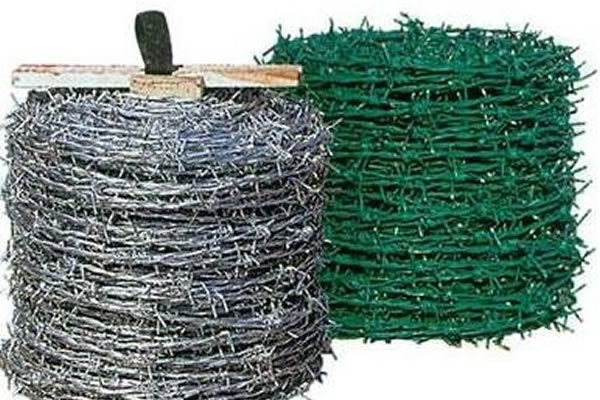 TEL:
+86-13102802206
TEL:
+86-13102802206
 Email:
fencenetting@china.com
Email:
fencenetting@china.com
 Language
Language
 TEL:
+86-13102802206
TEL:
+86-13102802206
 Email:
fencenetting@china.com
Email:
fencenetting@china.com
 Language
Language


Barbed Wire Fences for Goats A Comprehensive Guide
When it comes to raising goats, ensuring their safety and security is a paramount concern for any goat owner. One of the most effective ways to confine and protect these curious and agile animals is by installing a sturdy barbed wire fence. This article will explore the advantages of using barbed wire fences for goats, the installation process, and maintenance tips to ensure the longevity and effectiveness of your fencing.
Advantages of Barbed Wire Fences
Barbed wire fences are known for their durability and strength, making them an ideal choice for goat enclosures. Goats are notorious escape artists, and they can easily squeeze through or jump over inadequate fencing. Barbed wire, with its sharp protrusions, serves as a deterrent against potential escape attempts as well as intrusions from other animals.
In addition to its effectiveness, this type of fencing is generally more cost-effective compared to other fencing options such as woven wire or electric fences. While the upfront costs may be lower, it’s essential to consider the long-term maintenance and repairs. Barbed wire is resistant to weather and environmental changes, making it a practical choice for a variety of climates.
Installation Process
1. Planning the Layout Before you begin your fencing project, have a clear plan in place. Identify the area you want to enclose and measure it accurately. The fencing should be high enough (at least 4 to 5 feet) to prevent goats from jumping over.

2. Gathering Materials You will need barbed wire rolls, fence posts (wood or metal), post hole diggers, wire stretchers, and staples or fencing clips. Make sure to choose high-quality materials to ensure the longevity of your fence.
3. Setting the Fence Posts Begin by marking the locations for your fence posts, spacing them about 10 to 12 feet apart. Use a post hole digger to create holes deep enough to support the height of the fence. Typically, the posts should be buried at least one-third of their total length.
4. Installing the Barbed Wire Once the posts are secured in the ground, it’s time to run the barbed wire. Start from one end of the fence and attach the wire to the first post using staples. Then, stretch the wire tightly to the next post and secure it in the same manner. Repeat this process until the entire perimeter is enclosed.
5. Adding Barbed Wire Tension To prevent sagging, use a wire stretcher to pull the barbed wire tight before securing it to the posts. Ensure that the barbs are facing outward to deter goats from attempting to escape.
Maintenance Tips
Regular maintenance checks are crucial to ensure your barbed wire fence remains effective. Inspect for any broken wires, loose posts, or rusted sections and make necessary repairs promptly. Additionally, keep the area around the fence clear of vegetation which may obstruct visibility and could affect the integrity of the fencing.
In conclusion, a barbed wire fence can be a reliable solution for containing and protecting goats. Proper installation and maintenance can lead to a long-lasting enclosure that enhances the safety and security of your livestock. Investing time and resources into building a strong fence will not only safeguard your goats but will also provide peace of mind for you as a goat owner.